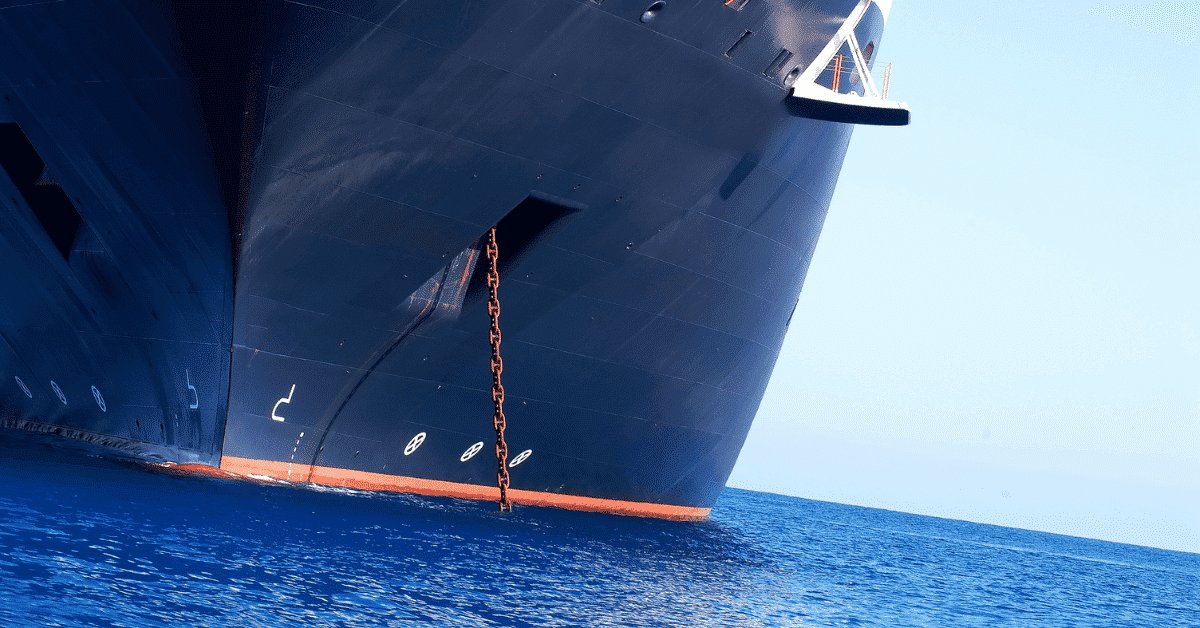How does an Anchor Function in Anchoring
1.Bottom-grasping Force:
This is the most crucial force for anchoring a ship. When the anchor is dropped and dragged, the anchor claws (or plowshares, wing plates and other structures) will embed into the seabed (such as sand, mud, clay). The design of anchors (such as Hall anchors, AC-14 anchors, Boer anchors, Navy anchors, etc.) is aimed at achieving the maximum embedding depth and bottom grip force in specific substrates. This bottom-holding force is far greater than the weight of the anchor itself.
2. The Function of Anchor Chains:
The catchain effect: The anchor chain itself has weight and forms a naturally drooping curve (catchain) above the seabed. When a ship moves backward under the force of wind, current or waves, the first step is to pull this part of the overhanging anchor chain, gradually lifting and straightening it. This process of lifting the weight of the anchor chain absorbs energy and buffers the impact force, preventing sudden strong force from directly acting on the anchor and causing it to come off.
Horizontal tension: Only when the overhanging anchor chain is almost straightened will the force be transmitted relatively horizontally to the anchor. Horizontal pulling force is the key for the anchor to maintain a bottom-grasping state. If the pulling force is vertically upward (such as when the anchor chain is too short or the water depth is too shallow), it is very easy to pull the anchor out of the seabed.
Submarine friction: The part of the anchor chain lying on the seabed generates friction with the seabed and also provides some additional fixing force.
In standard wharf mooring, anchors usually do not participate in securing the vessel, and the securing work is mainly carried out by mooring ropes. However, in specific situations such as waiting for a berth, limiting sway, providing protection against adverse weather conditions, mooring with offshore buozes or controlling the direction of the bow, anchors can serve as valuable auxiliary tools to enhance the stability, safety and controllability of mooring.
The core function of an anchor lies in its ability to secure the vessel during anchoring through the anchor claws grasping the bottom and the buffering effect of the anchor chain's suspension line. The use of anchors in mooring takes advantage of their bottom-grasping ability to provide additional, controllable restraint or directional control.




